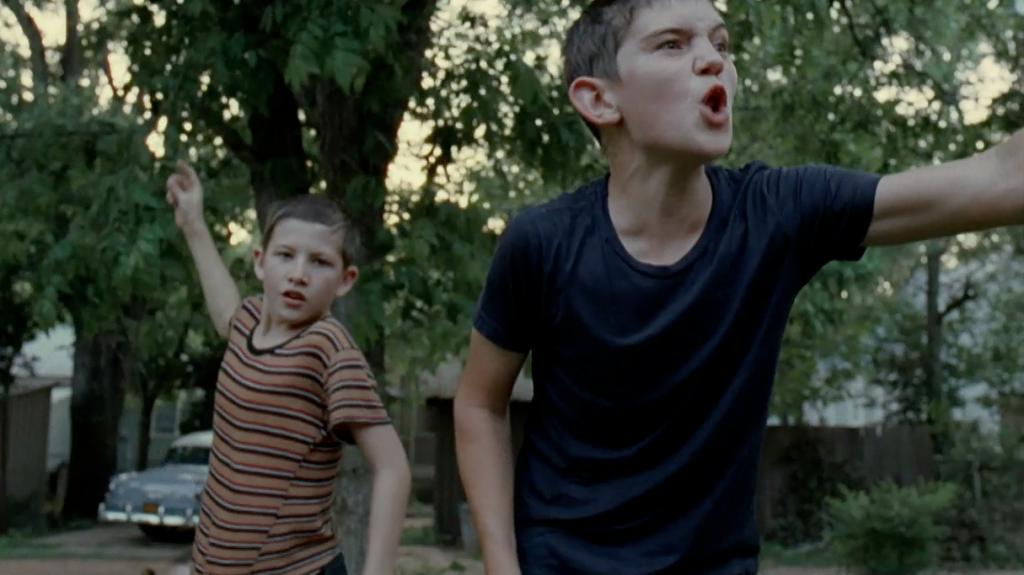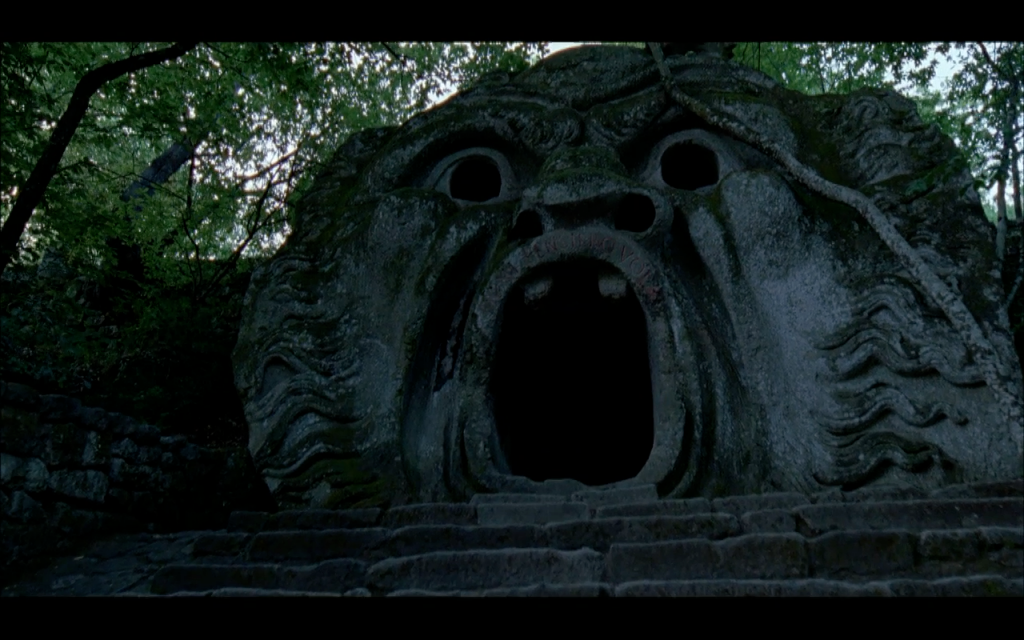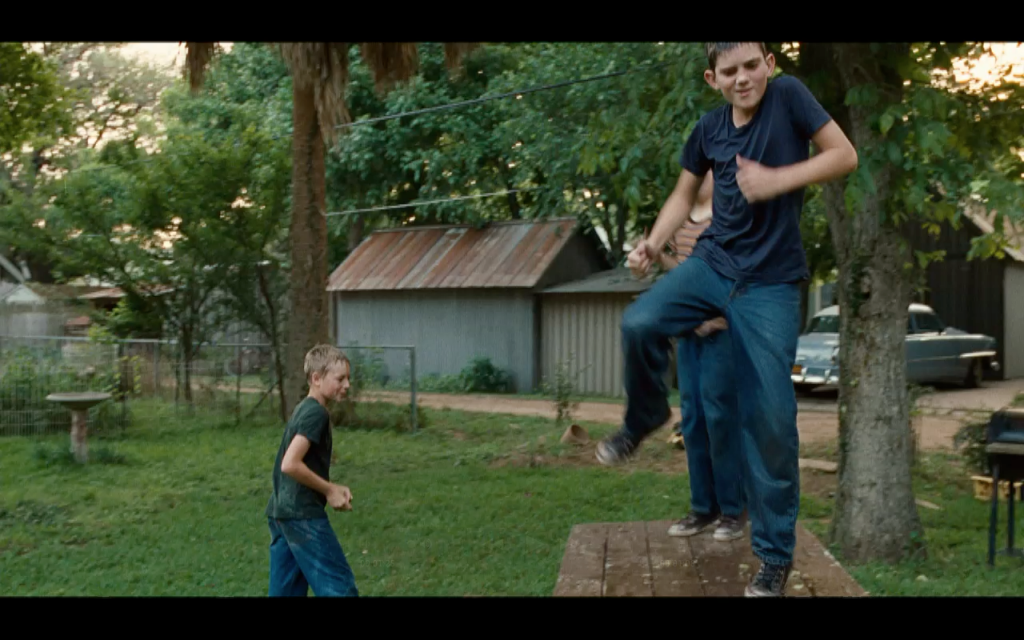The Tree of Life
Description
I became aware of my mortality before we had a dining room table. I don’t recall the exact age, I only know the arrangement of furniture, and the dining room then was just an empty space to play in. I can tell you that I was five or six and no older than that. Six however is a world apart from five when you’ve only existed on earth for that many years. And this must have had something to do with it; the realization of how long I had existed. To realize your existence is to also become suddenly aware of how long you have not existed. Of course I had not existed for billions of years before my birth, but that’s too much time to handle, so my brain measures things the way it can. It makes do. I measure time against my parents, my mother most exactly, so for five years I had existed, but for twenty seven years before my mother gave birth to me, I did not exist.
I don’t remember what ushered this revelation in. I had not lost a friend, family member, or pet, but for days afterwards, I refused to go to bed. Every night I hunched inconsolable, sobbing on my mother’s lap repeating, as though a thing could be done, “I don’t want to die.†I pictured very clearly, the ground, the soil, and myself alone in it. To this day I have a very difficult time going to bed. Going to sleep is exactly like dying. This doesn’t make the prospect of death any less terrifying, but sleep all the more so.
But it is sleep however, that I eventually succumb to. There, waiting for me, is a dream that inevitably has something to do with being a kid.
If I were made to take stock of the things I think about most, my childhood would be number one. We seem to be intrigued by the number of times a man thinks about sex in a day, but I wonder how many times in that same day an adult thinks about their childhood. I suspect for most people that number is 987,098,567. Childhood is in everything. In observing the tiny red mites on the front steps, or hearing the buzzing of Cicadas. In brushing your teeth and seeing your father’s freckles in the mirror, or standing over the stove like a flamingo the way your mother did when she cooked.
Few of us can deny the exhausting truth of these words:
“Mother. Father. Always you wrestle inside me. Always you will.â€
A truth that releases a waterfall of emotion. It is this energy that propels us through The Tree of Life. A voluptuous, bulging energy shaped and encouraged by sweeping camera movement, ultra wide lenses, lyrical blocking, the safe-harbor of Jessica Chastain’s face, and the vacillation in Hunter McCracken’s. These combine to create scenes that perfectly capture the rapturous feelings of childhood. Sensations evoked when light & dark entwine, and our instinctual knowledge that these things are the same. The gut feeling of seeing a boy’s head ravaged by some scalp disease, or a man having a seizure, is almost indistinguishable from the pleasure of stealing a woman’s silk nightgown. A dead dog on the side of the road shares worlds with the first glimpse of your mother’s vulva. The feelings aren’t similar because they are forbidden topics. Violence is also taboo, but the threat of real-life violence does not thrill. No, sex and death excite because they represent the edges: the two gateways beyond which is unknown. Even to grown-ups.
It’s hard to remember the utter powerlessness that defines childhood. When you are miserable, there is no escape.
When you are happy, you have little control over how long you can continue your happy activity.
There is nothing you can do. Nothing. You will be sad, or you will be happy, but rarely will it be in your control.
If however, you stand at one edge or the other, there is always the prospect of falling in. To go and keep on going. This, wrapped deep inside, past any religious fear, or physical pleasure, is the real thrill they share. Helpless in a world of definites and rules, sex & death represent an overwhelmingly seductive infinity. There is no end to anything. There is no answer to any question. Past these gates, everything is boundless.












